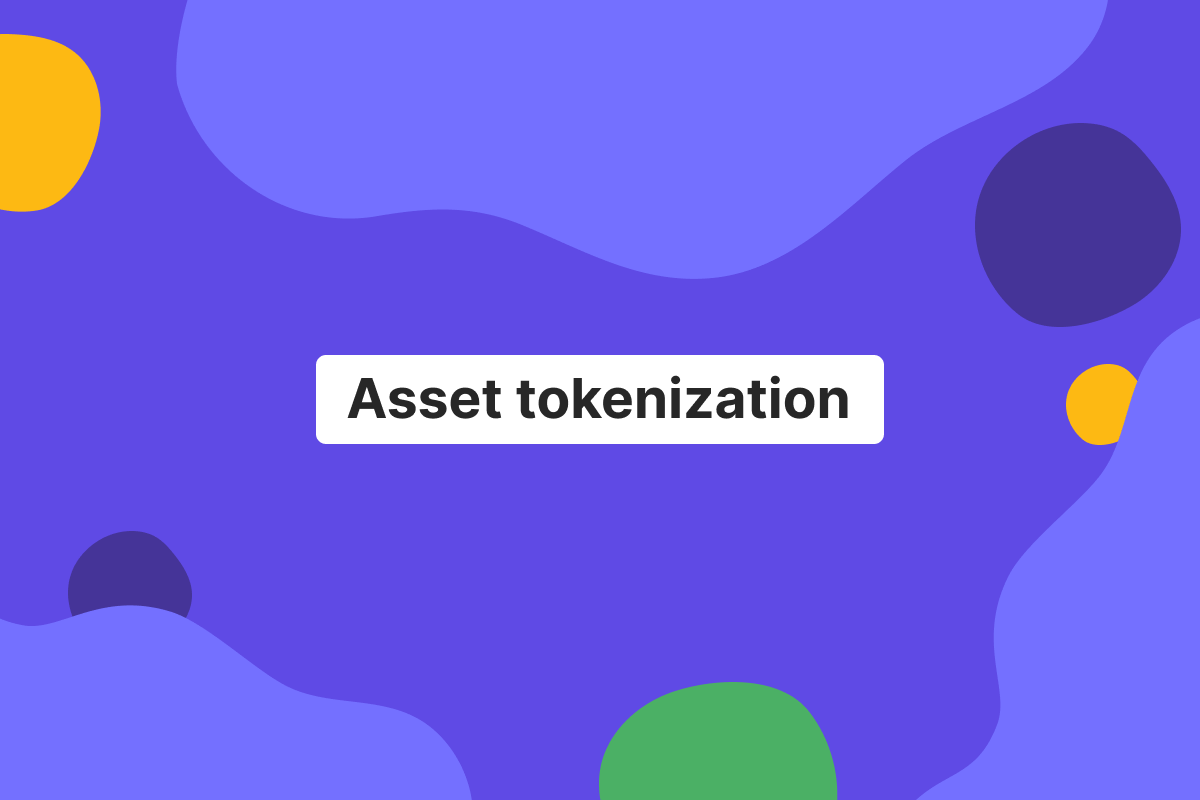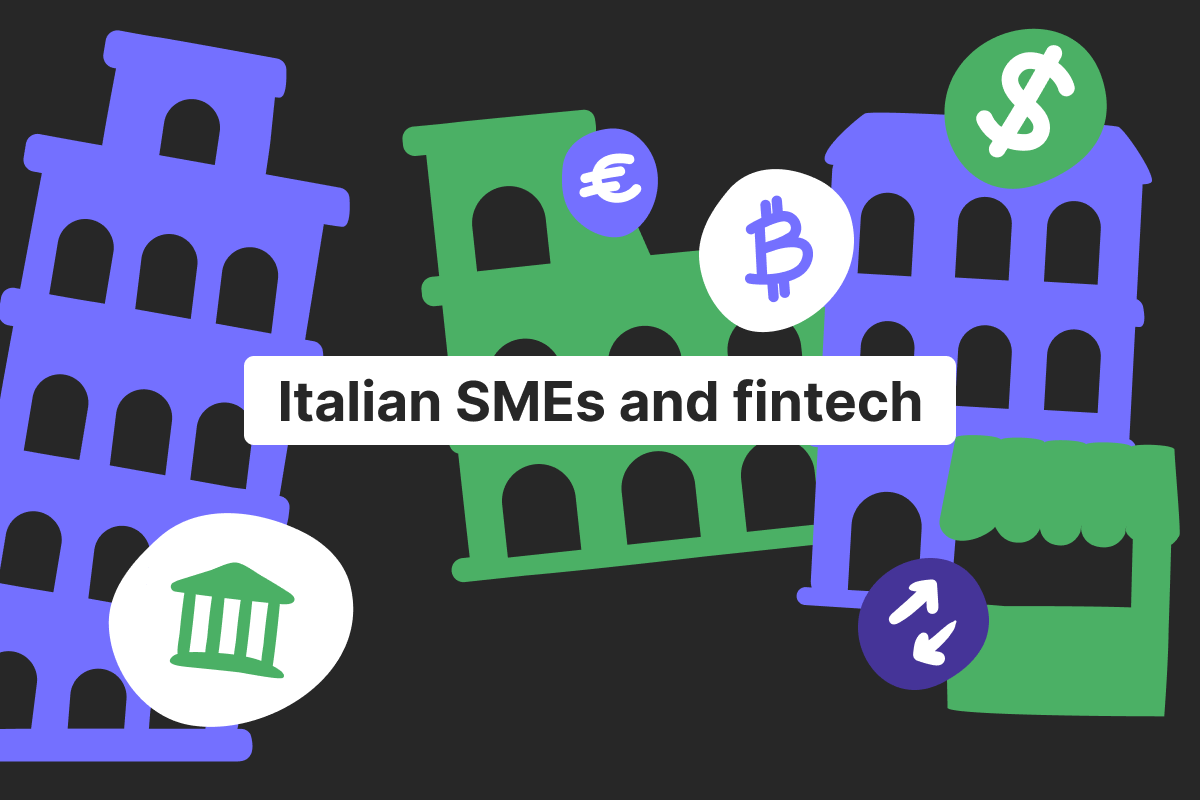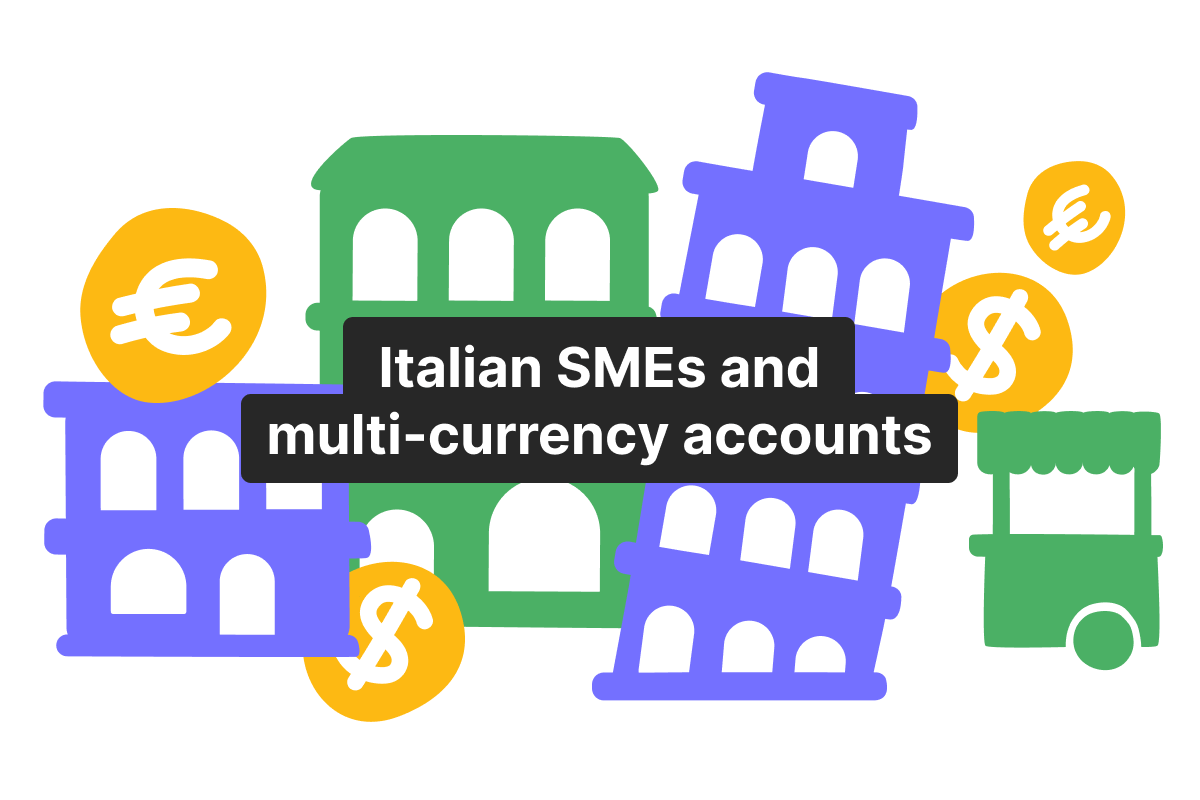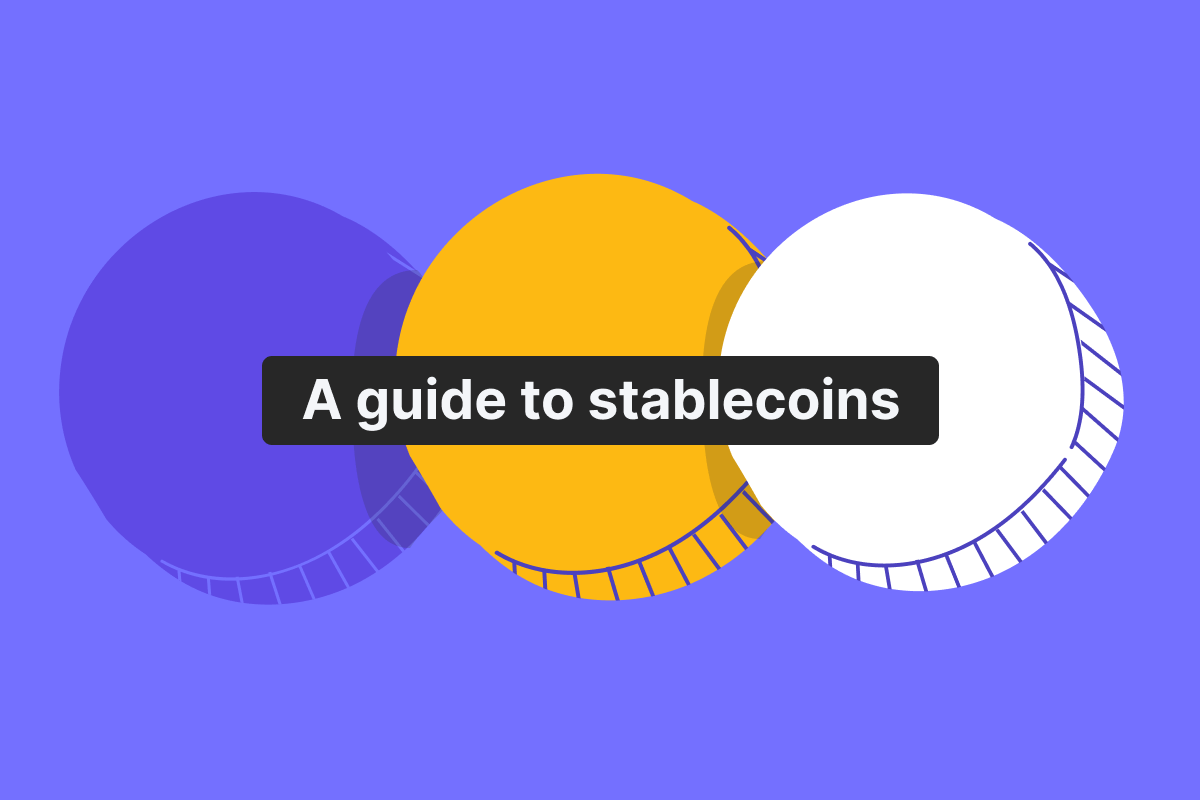What is digital asset tokenization, and how can it help make investing easier? Asset tokenization involves the ownership of real-world assets being moved onto the blockchain in the form of digital tokens. It is an increasingly important area of fintech and digital finance that provides several interesting benefits, such as greater transparency, liquidity, and accessibility.
Genome provides a platform with secure and compliant financial solutions. Businesses interested in learning how asset tokenization can help will find everything they need to know about digital assets with us in this article.
What is asset tokenization?
Tokenized assets are digital versions of real-world assets. They’re converted into tokens on a blockchain. The process of asset tokenization can be used for different types of underlying assets.
Digital asset tokenization has already been used for real estate, estate, art, equities, commodities, and other types of assets. As the demand for tokenized assets grows, we can look forward to seeing more real-world assets being converted in this way. Bond markets and carbon credits are among the assets being transitioned to become digital tokens.
How asset tokenization works
How does asset tokenization work? Asset tokenization relies on the use of smart contracts and the blockchain.
Physical assets are identified and their ownership verified. This is vital, since real-world ownership needs to be clear before tokens can represent it.
A legal agreement is drafted for the asset tokenization. This ensures the legal link between the tokens and the underlying asset.
A blockchain platform is selected, with several major financial institutions now offering such services. Factors to consider include whether a private or public blockchain is best for the asset. In some cases, a link between blockchains may be used if required.
A smart contract is chosen or created. It defines the total number of tokens that will represent the asset and the transfer/handling rules. Any error in this code can lead to financial loss or legal issues.
Different types of tokens can be selected. ERC-20 is typically used for fungible shares/units (e.g., real estate fractions or fund units), and ERC-721 for unique items (e.g., individual artworks). (Regulated offerings may use permissioned standards to enforce compliance.)
The smart contract is deployed on the blockchain, and the tokens are minted. A public, tamper-evident record is created that confirms the total token supply and any restrictions.
The tokens can then be offered/sold in a compliant primary offering (e.g., private placement or a security token offering). Settlement can be in fiat or cryptocurrency, and holders may use private wallets or qualified custodians.
The token issuer continues to manage the underlying asset—collecting income, distributing proceeds/dividends, and handling ongoing operations.
Secondary market trading can occur on regulated digital marketplaces/venues, providing liquidity. Trading and transfer rules are enforced by the smart contract (and by venue policies).
Benefits of asset tokenization
The asset tokenization of physical assets provides a range of interesting benefits. The use of blockchain technology brings the following advantages.
Increased liquidity for traditionally illiquid assets
Traditional assets often lack liquidity in the financial markets. The increased liquidity by adding these tokens to blockchain networks leads to better market efficiency.
With traditional assets, settlement can take hours or even days, due to a lack of liquidity. Tokenized assets have greater liquidity and 24/7 markets. It means that settlement tends to be far quicker.
Fractional ownership and wider investor access
Real estate investors and other types of retail investors can easily access new investments thanks to tokenized real-world assets. With digital assets enabling fractional ownership, it becomes easier to obtain widespread adoption of an asset class that was previously restricted.
The majority of investors won’t buy a work of art or a piece of commercial real estate. However, the availability of tokenized assets with fractional ownership makes it easier to get involved.
Transparency and security via blockchain
Real-world asset tokenization brings the added benefits given by blockchain technology. The tokenization process ensures complete transparency and security. The main security risk with tokenized securities comes from poor wallet management once the tokens have been added.
A smart contract lays out the full terms of the asset. All of the transactions are then shown clearly on the blockchain network. The immutability of the blockchain’s ledger means that all of the information and transactions can’t be changed once recorded.
Faster, more efficient transactions
By using a distributed ledger, the speed of transactions is enhanced. Any asset can be easily exchanged on a decentralized platform. Tokenization has the potential to make global markets run more smoothly on a 24/7 basis for every type of asset.
Investors who don’t want to dedicate a lot of time to their assets will find that to be an easier option. It also means that transaction fees are kept low.
Asset tokenization vs traditional finance
The world of global finance has many markets and assets to consider. When looking at the question of tokenized assets vs. traditional finance, we need to split the subject into different aspects.
Characteristic | Traditional finance | Tokenized assets |
Accessibility | Typically limited to large companies or experienced investors. Newer investors and those with modest amounts of capital may feel left out. | Enabling fractional ownership means that more people can own these digital tokens. Even small amounts of capital can be used to buy an asset. |
Liquidity | Historically illiquid assets include art and certain real estate markets. | Improve liquidity, with enhanced accessibility leading to a more liquid market. |
Speed of transactions | Often slow, with intermediaries involved and time-consuming processes. | Almost instant token asset transfers across blockchain networks. |
Level of transparency | It can be difficult for asset owners to get a clear view of the pricing and process. | By using digital tokens and blockchain technology, the asset becomes transparent and easy to audit. |
Fractional ownership of an asset | This is not usually possible. | Tokenization is the process that enables fractional ownership of assets such as real estate and art. |
Cost of buying and owning assets | The presence of intermediaries typically makes this expensive. | Lower costs since tokenized assets can be transferred on a peer-to-peer basis using blockchain technology. |
Regulatory framework | Long-established and clearly understood. | Still in the process of being formulated and introduced across global markets. |
Taking these differences into account, we can see certain use cases where the digital form of an asset offers clear advantages.
The tokenization process is ideal for real estate property, art, and other illiquid markets.
Small investors can get started easily at a low cost thanks to fractional ownership.
Asset owners who are comfortable using technology and with emerging regulations.
Real-world examples of asset tokenization
We’ve already seen lots of examples of fungible tokens being used as a way of democratizing access to different asset classes. The following are areas where physical and digital assets work together,
Real estate tokenization
Commercial real estate is one of the best examples of how tokenized assets can be used to allow easier access to an asset. Institutional investors and retail investors can access this type of asset with low transaction costs.
Tokenized commodities
Commodities like gold and oil have traditionally been difficult for retail investors to access. Asset tokenization allows everyone to access investment opportunities. In the same way, tokenized bonds and stocks provide new options.
Digital securities and NFTs
Security tokens can be used to represent ownership of many types of assets. NFTs (non-fungible tokens) are unique and signify ownership of a single asset, like a piece of art.
How Genome supports businesses in the tokenized economy
The move toward a tokenized economy is democratizing investments. Genome is here to help by offering a business account with the financial products and services that every company needs in this new reality.
A secure multi-currency account lets you operate on a global basis. Use SWIFT transfers to make and receive payments in the currencies you use. It provides a sensible approach for global growth and expansion into new markets.
SEPA Instant and Credit Transfers are available as well, offering flexibility in payments for all clients, and are compatible with batch transfers.
With our compliance-first infrastructure, all the crucial regulations are covered. Know your customer (KYC) and anti-money laundering (AML) processes ensure companies in these areas. You can also be sure of getting access to products that meet all the latest EU regulations.
Fintechs and startups can use our services as a bridge between traditional and digital finance. By accessing reliable financial services, you can choose how to handle your money in a way that suits your business and helps you to grow.






